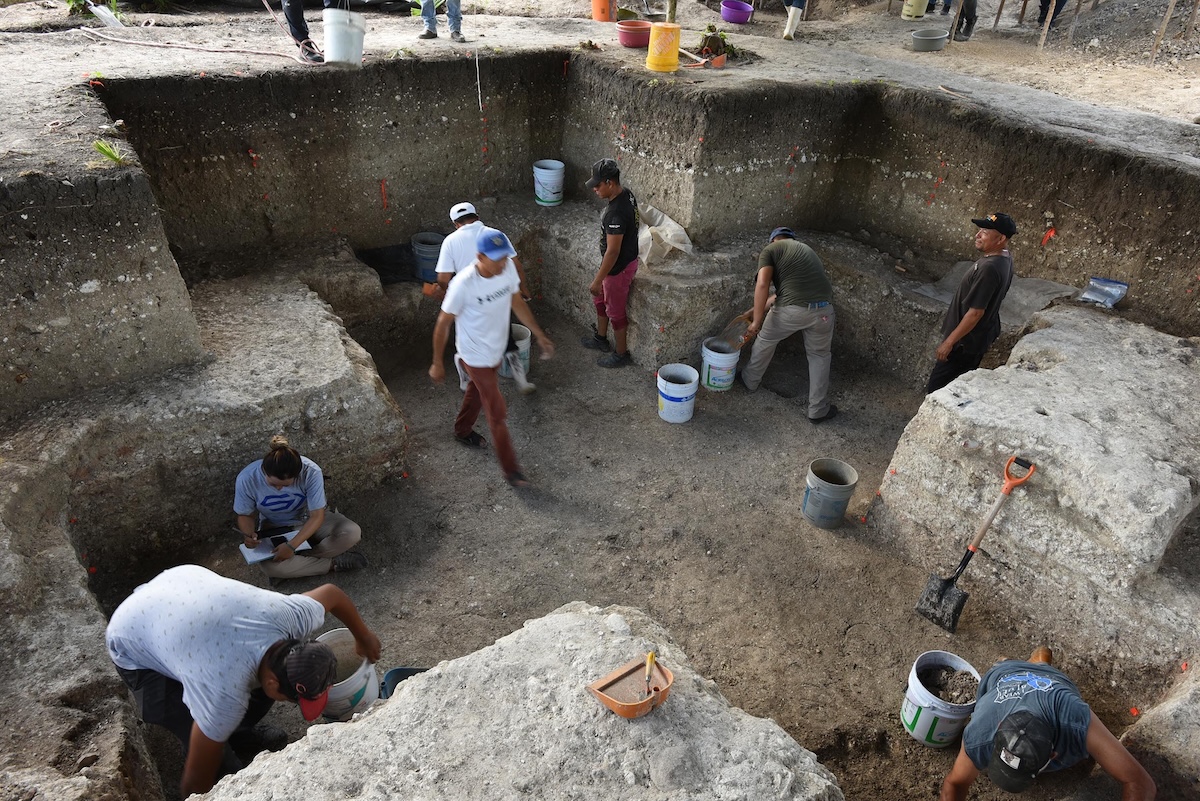
Archaeologists have uncovered compelling evidence that a colossal ancient site in Mexico, known as Aguada Fénix, may have served as a cosmogram—a symbolic representation of the Universe—built by an early Mayan civilisation around 3,000 years ago.
Discovered in 2020 beneath the dense jungle of Tabasco State, Aguada Fénix features a series of vast cross-shaped pits, or cruciforms, connected by canals. The total volume of these structures exceeds 3.8 million cubic metres—equivalent to approximately one and a half Pyramids of Giza or over 1,500 Olympic swimming pools.
Researchers from the University of Arizona used aerial laser scanning technology to detect the site. Their latest study reveals that pigments found within the cruciforms align with the four cardinal directions: blue azurite for north, yellow ochre for south, green malachite for east, and pearly seashells for west. These colours are believed to symbolise the Mayan understanding of the cosmos and the organisation of the earthly plane.
Dr James A Doyle, an independent Mayan specialist, told BBC Science Focus that the cruciform architecture and colour symbolism reflect the cosmological beliefs of the time. He also emphasised the symbolic and practical importance of water, evidenced by the canals and the blue and green pigments.
Importantly, the researchers believe the site was constructed by a non-hierarchical society. Unlike later Mayan cities, Aguada Fénix lacks signs of elite residences or palaces. This suggests the community was egalitarian, with construction likely involving thousands of people working over several years. The site may have functioned as a communal space for astronomical observation, trade, ceremonies and knowledge-sharing.
In addition to the pigments, archaeologists discovered jade artefacts, including animal carvings and a striking sculpture that appears to depict a woman in childbirth. This supports the idea that the site focused on natural human experiences rather than worship of deities or rulers.
Dr Doyle speculates that this woman could have held significant power, hinting at early forms of social leadership. As excavations continue, researchers hope to uncover more about the social structures and cultural practices of the people who built Aguada Fénix.